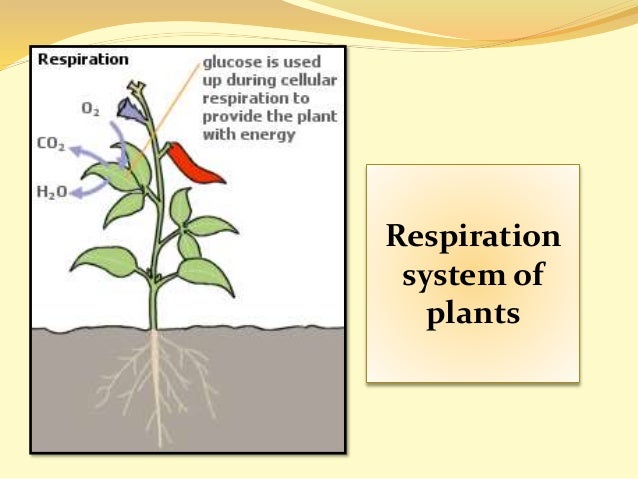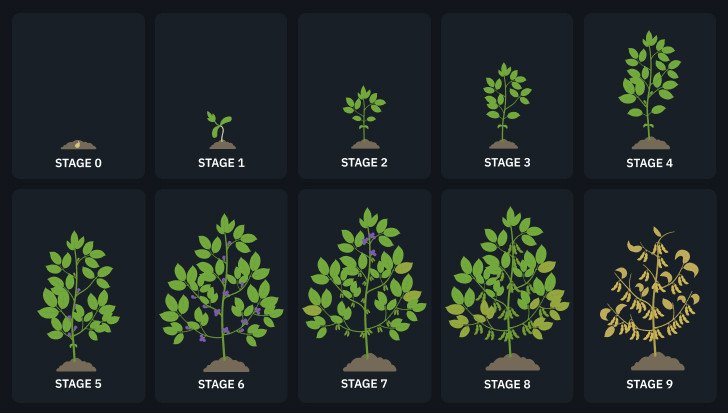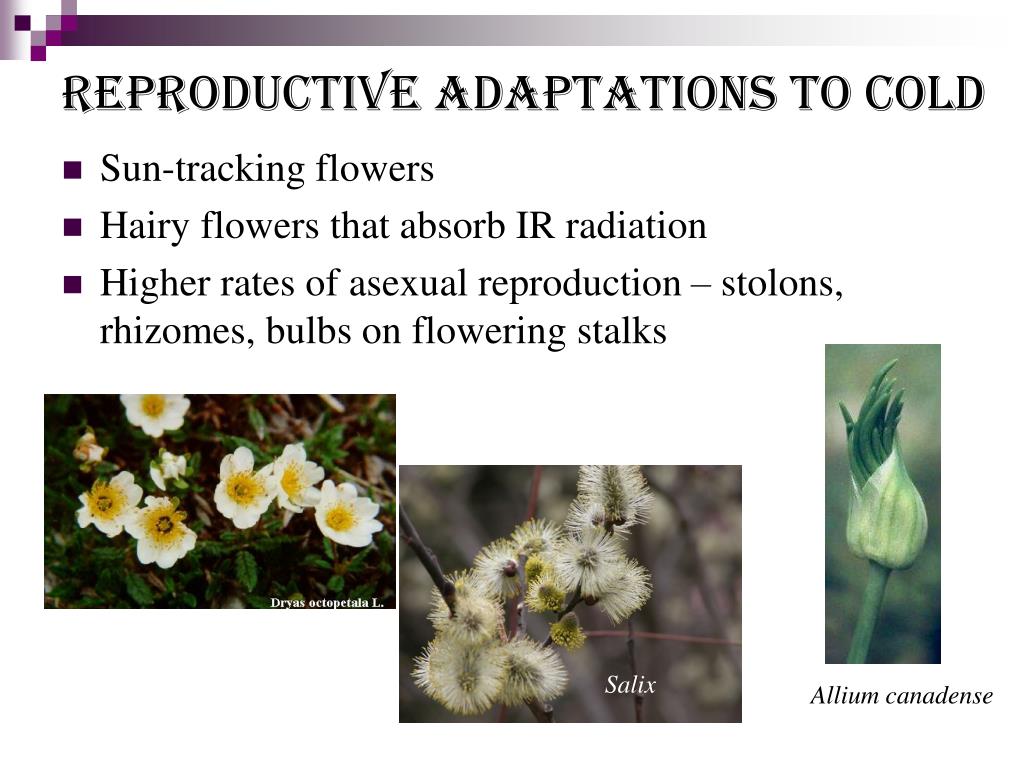
Understanding Plant Respiration: The Breath of Life for Flora
We often think of plants as these serene, almost passive organisms, quietly soaking up sunlight and transforming it into the energy that fuels their growth. While photosynthesis rightfully takes center stage in our understanding of plant life, there’s another equally crucial process humming away behind the scenes: plant respiration. This process, often overshadowed by its more famous counterpart, is the key to unlocking a deeper understanding of how plants live, grow, and interact with their environment. Think of it as the plant’s way of breathing, a continuous cycle of energy production that keeps them alive and thriving.
In this comprehensive guide, we’ll delve deep into the fascinating world of plant respiration. We’ll explore its intricate mechanisms, its vital role in plant survival, and how it’s influenced by various environmental factors. Whether you’re a seasoned botanist, a budding gardener, or simply curious about the natural world, this exploration will provide you with a newfound appreciation for the hidden complexities of plant life.
What is Plant Respiration? A Closer Look
At its core, plant respiration is the process by which plants convert sugars (produced during photosynthesis) into energy that can be used for growth, development, and other metabolic activities. It’s essentially the reverse of photosynthesis. While photosynthesis captures energy from sunlight to create sugars, respiration breaks down those sugars to release energy. This energy, in the form of ATP (adenosine triphosphate), is the fuel that powers all of the plant’s essential functions.
Think of it like this: photosynthesis is like charging a battery, while respiration is like using that battery to power a device. Both processes are essential for the plant’s overall survival. Respiration occurs in all living cells of the plant, including the leaves, stems, roots, and even flowers. It’s a continuous process, happening both day and night, unlike photosynthesis which is dependent on sunlight.
The Chemical Equation: A Simplified View
The overall chemical equation for plant respiration is relatively straightforward:
C6H12O6 (Glucose) + 6O2 (Oxygen) → 6CO2 (Carbon Dioxide) + 6H2O (Water) + Energy (ATP)
In essence, glucose (a sugar) is combined with oxygen to produce carbon dioxide, water, and energy in the form of ATP. This ATP then powers various cellular processes within the plant.
The Stages of Plant Respiration: A Detailed Breakdown
Plant respiration is not a single, simple reaction. It’s a complex series of biochemical reactions that occur in several stages. These stages can be broadly categorized into three main phases:
- Glycolysis: This is the initial breakdown of glucose, occurring in the cytoplasm of the cell. During glycolysis, glucose is broken down into two molecules of pyruvate, a three-carbon compound. This process also generates a small amount of ATP and NADH (nicotinamide adenine dinucleotide), another energy-carrying molecule.
- The Krebs Cycle (Citric Acid Cycle): The pyruvate molecules produced during glycolysis are transported into the mitochondria, the powerhouses of the cell. Here, they undergo a series of reactions known as the Krebs Cycle. In this cycle, pyruvate is further broken down, releasing carbon dioxide and generating more ATP, NADH, and FADH2 (flavin adenine dinucleotide), another energy-carrying molecule.
- Electron Transport Chain: This is the final stage of respiration, occurring in the inner mitochondrial membrane. The NADH and FADH2 molecules generated during glycolysis and the Krebs Cycle donate their electrons to a series of protein complexes. As these electrons move down the chain, energy is released and used to pump protons across the membrane, creating an electrochemical gradient. This gradient is then used to drive the synthesis of large amounts of ATP.
Each of these stages is crucial for the efficient production of energy. Without any one of them, the process would grind to a halt, and the plant would be unable to sustain its life processes.
Factors Affecting Plant Respiration: What Influences the Rate?
The rate of plant respiration is not constant. It’s influenced by a variety of environmental factors. Understanding these factors is crucial for optimizing plant growth and health.
Temperature: A Key Regulator
Temperature is one of the most significant factors affecting plant respiration. As temperature increases, the rate of respiration generally increases as well, up to a certain point. This is because the enzymes that catalyze the reactions involved in respiration function more efficiently at higher temperatures. However, if the temperature gets too high, the enzymes can become denatured, leading to a decrease in respiration rate. Each plant species has an optimal temperature range for respiration. Understanding this range is crucial for maintaining healthy plant growth. For example, plants adapted to colder climates may have lower optimal temperatures for respiration compared to plants adapted to warmer climates. Furthermore, the Q10 value, which describes the factor by which the rate of a reaction increases for every 10°C rise in temperature, is often used to quantify the temperature sensitivity of respiration.
Oxygen Concentration: The Breath of Life
Oxygen is a critical reactant in respiration. Without sufficient oxygen, the process cannot occur efficiently. In most terrestrial environments, oxygen is readily available in the air. However, in waterlogged soils or in enclosed spaces, oxygen levels can become limiting. When oxygen is scarce, plants may switch to anaerobic respiration, a less efficient process that produces much less ATP and can lead to the accumulation of toxic byproducts such as ethanol. This is why prolonged flooding can be detrimental to many plant species.
Aquatic plants have evolved various adaptations to cope with low oxygen levels in their environment. Some have aerenchyma tissue, which are air-filled spaces that facilitate the transport of oxygen from the leaves to the roots. Others have specialized root structures that allow them to absorb oxygen directly from the water.
Light Intensity: An Indirect Influence
While light is not directly involved in respiration, it can indirectly affect the process. Light drives photosynthesis, which produces the sugars that are used as fuel for respiration. Therefore, plants grown under high light conditions generally have higher respiration rates than plants grown under low light conditions. This is because they have more sugars available to be broken down for energy. However, excessive light can also lead to photorespiration, a process that consumes energy and reduces the efficiency of photosynthesis.
Water Availability: Maintaining Hydration
Water is essential for all plant processes, including respiration. Water stress can lead to a decrease in respiration rate. This is because water is needed to transport nutrients and other essential compounds throughout the plant. Dehydration can also lead to the closure of stomata, the small pores on the leaves that allow for gas exchange. When stomata are closed, the plant cannot take in carbon dioxide for photosynthesis or release oxygen for respiration. Maintaining adequate water availability is crucial for ensuring optimal respiration rates.
Nutrient Availability: Fueling the Process
Nutrients play a vital role in plant respiration. Macronutrients like nitrogen, phosphorus, and potassium are essential components of enzymes and other molecules involved in the process. Deficiencies in these nutrients can lead to a decrease in respiration rate. For example, nitrogen is a key component of chlorophyll, the pigment that captures light energy during photosynthesis. Phosphorus is essential for ATP synthesis, and potassium is involved in regulating stomatal opening and closing. Providing plants with adequate nutrients is crucial for supporting healthy respiration rates.
The Importance of Plant Respiration: Why It Matters
Plant respiration is not just a biochemical process; it’s a fundamental aspect of plant life with far-reaching implications. Understanding its importance is crucial for appreciating the intricate relationship between plants and their environment.
Energy Production: The Fuel for Life
The primary function of plant respiration is to produce energy in the form of ATP. This energy is used to power all of the plant’s essential functions, including growth, development, nutrient uptake, and defense against pathogens. Without respiration, plants would be unable to carry out these processes and would quickly perish.
Think of ATP as the universal energy currency of the cell. It’s used to drive a wide variety of cellular processes, from protein synthesis to muscle contraction. In plants, ATP is essential for everything from building new cells to transporting water and nutrients throughout the plant.
Carbon Balance: A Crucial Regulator
Respiration plays a vital role in the plant’s carbon balance. While photosynthesis captures carbon dioxide from the atmosphere and converts it into sugars, respiration releases carbon dioxide back into the atmosphere. The balance between these two processes determines the plant’s net carbon gain or loss. When photosynthesis exceeds respiration, the plant gains carbon and grows. When respiration exceeds photosynthesis, the plant loses carbon and may experience stunted growth or even death.
Understanding the carbon balance of plants is crucial for addressing climate change. Plants play a vital role in sequestering carbon dioxide from the atmosphere. By optimizing plant growth and minimizing respiration rates, we can enhance their ability to capture and store carbon, helping to mitigate the effects of climate change.
Nutrient Cycling: A Key Process
Respiration is also involved in nutrient cycling. During respiration, plants break down organic matter, releasing nutrients back into the soil. These nutrients can then be taken up by other plants, completing the cycle. Respiration also plays a role in the decomposition of dead plant material, which is essential for maintaining soil fertility.
The decomposition of organic matter is a complex process involving a variety of microorganisms, including bacteria and fungi. These organisms break down the organic matter into simpler compounds, releasing nutrients such as nitrogen, phosphorus, and potassium. These nutrients are then available for plants to take up and use for growth.
Stress Response: Adapting to Challenges
Plants can alter their respiration rates in response to various environmental stresses, such as drought, heat, and salinity. For example, under drought conditions, plants may increase their respiration rate to produce more energy to cope with the stress. However, prolonged stress can lead to a decrease in respiration rate, as the plant becomes depleted of resources. Understanding how plants respond to stress is crucial for developing strategies to improve their resilience.
Some plants have evolved specialized adaptations to cope with specific environmental stresses. For example, some desert plants have developed crassulacean acid metabolism (CAM), a type of photosynthesis that allows them to conserve water by opening their stomata at night and closing them during the day. CAM plants also have lower respiration rates than other plants, which helps them to conserve energy.
Measuring Plant Respiration: Techniques and Tools
Measuring plant respiration is essential for understanding how plants respond to different environmental conditions and for optimizing plant growth. There are several techniques and tools available for measuring plant respiration, each with its own advantages and disadvantages.
Gas Exchange Measurements: A Common Approach
One of the most common methods for measuring plant respiration is to measure the rate of gas exchange, specifically the uptake of oxygen and the release of carbon dioxide. This can be done using a variety of instruments, such as infrared gas analyzers (IRGAs) and oxygen electrodes. These instruments measure the concentration of carbon dioxide and oxygen in the air surrounding the plant. By monitoring the changes in these concentrations over time, the rate of respiration can be calculated.
Gas exchange measurements can be performed on whole plants or on individual plant parts, such as leaves or roots. They can also be performed under controlled environmental conditions, allowing researchers to study the effects of different factors, such as temperature, light, and water availability, on respiration rate.
Microcalorimetry: Measuring Heat Production
Another technique for measuring plant respiration is microcalorimetry. This method measures the heat produced by the plant as it respires. Respiration is an exothermic process, meaning that it releases heat. The amount of heat produced is directly proportional to the rate of respiration. Microcalorimetry is a highly sensitive technique that can be used to measure respiration rates in small samples, such as individual cells or tissues.
Microcalorimetry can also be used to study the effects of different environmental factors on respiration rate. For example, researchers have used microcalorimetry to study the effects of temperature, salinity, and heavy metals on the respiration rates of plant cells.
Isotope Tracing: Following the Carbon
Isotope tracing is a technique that involves using stable isotopes of carbon, such as 13C, to track the flow of carbon through the plant. This can be used to study the different pathways of respiration and to determine the relative importance of each pathway. For example, researchers have used isotope tracing to study the effects of drought on the partitioning of carbon between growth and respiration.
Isotope tracing is a powerful tool for understanding the complex metabolic processes that occur during respiration. It can be used to identify the key enzymes and pathways involved in respiration and to study the effects of different environmental factors on these processes.
Plant Respiration in Different Environments: Adaptations and Strategies
Plants have evolved a wide range of adaptations and strategies to cope with different environmental conditions. These adaptations and strategies can affect their respiration rates and their ability to survive in challenging environments.
Aquatic Environments: Coping with Low Oxygen
Aquatic plants face the challenge of low oxygen availability in their environment. To cope with this challenge, they have evolved several adaptations, such as aerenchyma tissue, which are air-filled spaces that facilitate the transport of oxygen from the leaves to the roots. They may also have specialized root structures that allow them to absorb oxygen directly from the water. Some aquatic plants also have lower respiration rates than terrestrial plants, which helps them to conserve energy.
Arid Environments: Conserving Water
Plants in arid environments face the challenge of water scarcity. To cope with this challenge, they have evolved several adaptations, such as deep roots that can access groundwater, thick cuticles that reduce water loss, and crassulacean acid metabolism (CAM), a type of photosynthesis that allows them to conserve water by opening their stomata at night and closing them during the day. CAM plants also have lower respiration rates than other plants, which helps them to conserve energy.
High Altitude Environments: Adapting to Cold and Low Pressure
Plants in high altitude environments face the challenges of cold temperatures and low atmospheric pressure. To cope with these challenges, they have evolved several adaptations, such as smaller leaves that reduce heat loss, thicker cell walls that provide protection from the cold, and higher concentrations of antioxidants that protect against UV radiation. They may also have higher respiration rates than plants at lower altitudes, which helps them to generate more heat and maintain their metabolic activity.
Future Research Directions: Unraveling the Remaining Mysteries
While significant progress has been made in understanding plant respiration, there are still many unanswered questions and opportunities for future research. Some of the key areas of focus include:
- The Role of Respiration in Plant Defense: How does respiration contribute to plant defense against pathogens and herbivores?
- The Regulation of Respiration under Stress: How do plants regulate their respiration rates in response to different environmental stresses?
- The Genetic Basis of Respiration: What are the genes that control respiration, and how do they interact with each other?
- The Development of More Efficient Respiration Measurement Techniques: Can we develop new and improved techniques for measuring plant respiration, such as non-invasive methods that can be used in the field?
By addressing these questions, we can gain a deeper understanding of plant respiration and its role in plant life. This knowledge can be used to improve crop yields, enhance plant resilience to stress, and develop new strategies for mitigating climate change.
Conclusion: The Unsung Hero of Plant Life
Plant respiration, often overshadowed by the more glamorous process of photosynthesis, is a fundamental and essential aspect of plant life. It’s the process that fuels all of the plant’s essential functions, from growth and development to nutrient uptake and defense against pathogens. Understanding plant respiration is crucial for appreciating the intricate relationship between plants and their environment. By continuing to unravel the mysteries of plant respiration, we can unlock new opportunities for improving crop yields, enhancing plant resilience to stress, and mitigating climate change. So, the next time you admire a vibrant green plant, remember the unsung hero working tirelessly behind the scenes: plant respiration, the breath of life for flora.



